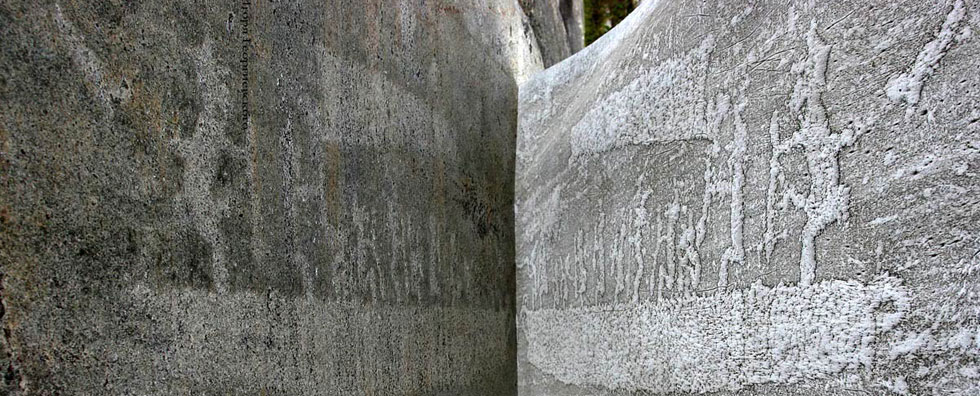
Issue №4, Vol. 22
Gavrilov T. Modeling the influence of wood bio-damage on the load-bearing capacity of historical buildings structures // Resources and Technology. 2025. №4, Vol. 22. P. 15‒35.
DOI: 10.15393/j2.art.2025.8623
Modeling the influence of wood bio-damage on the load-bearing capacity of historical buildings structures
| Gavrilov Timmo | Petrozavodsk State University, gtimmo@mail.ru |
|
Key words: historical buildings; bio-damage; wood; mechanical strength; wood-destroying fungi; wood-destroying insects |
Summary: Wooden structures elements of historical buildings are subjected to bio-damage during operation. The main cause of bio-damage is the activity of wood-destroying fungi and insects. In the process of bio-damage in wood voids and inhomogeneities are formed, which may lead to a decrease in the load-bearing capacity of historic buildings wooden structures elements. The aim of the study was to build a generalized model of the change in the load-bearing capacity of wooden structures elements depending on the change in the number and direction of bio-damage. The article describes the methodology and results of specimens testing and finite element analysis of wooden structures elements models with different number and direction of artificial bio-damage. The research revealed that the degradation degree of load-bearing capacity of these elements depended on the magnitude, quantity and direction of bio-damage. A generalized model of changes in the load-bearing capacity of wooden structures elements depending on the bio-damage magnitude, their number and angle of inclination is proposed. It has been revealed that the greatest danger for the preservation of historical buildings wooden structures elements subjected to compression along the wood fibers was posed by bio-damage directed perpendicular to the direction of compressive load. Exhaustion of the load-bearing capacity of the wooden structures elements with bio-damage directed perpendicular to the compressive load resulted in transverse cracks. Cracking was caused by tensile stresses concentrated in areas near the bio-damage and exceeding the allowable stresses. They caused particles of wooden structures elements to separate from each other. In this regard, bio-damage played the role of stress concentrators. The prospect for further research is to study the regularities of the influence of bio-damage on the historical buildings wooden structures elements subjected to compression across the wood fibers. |
Displays: 29; Downloads: 19;




